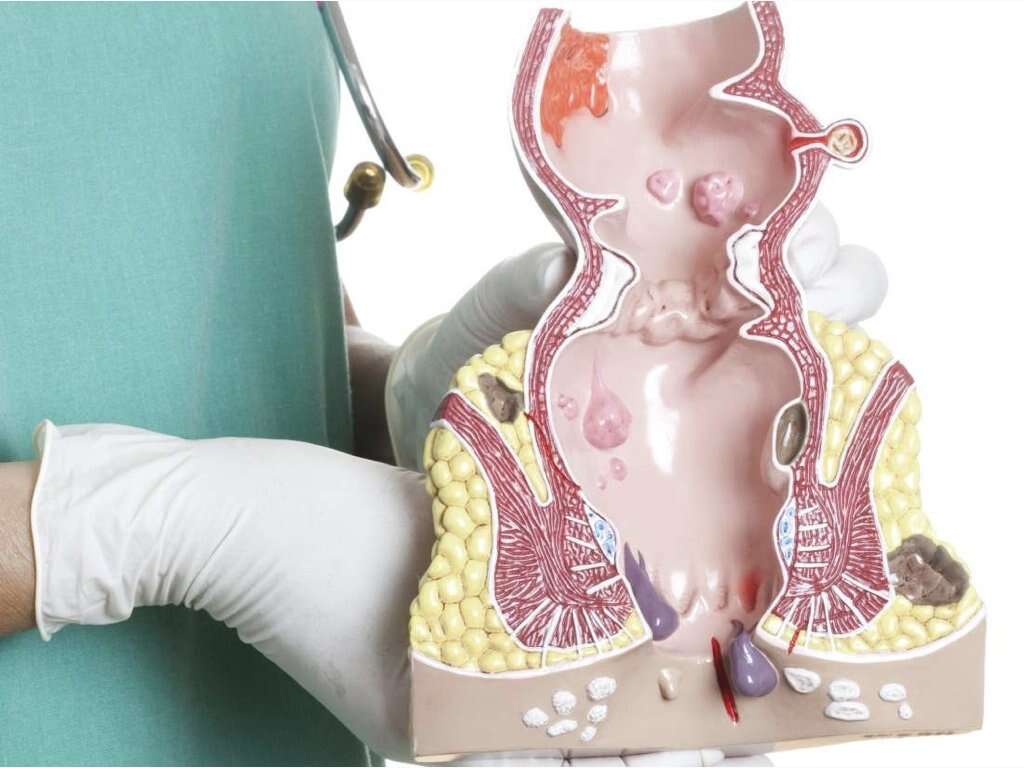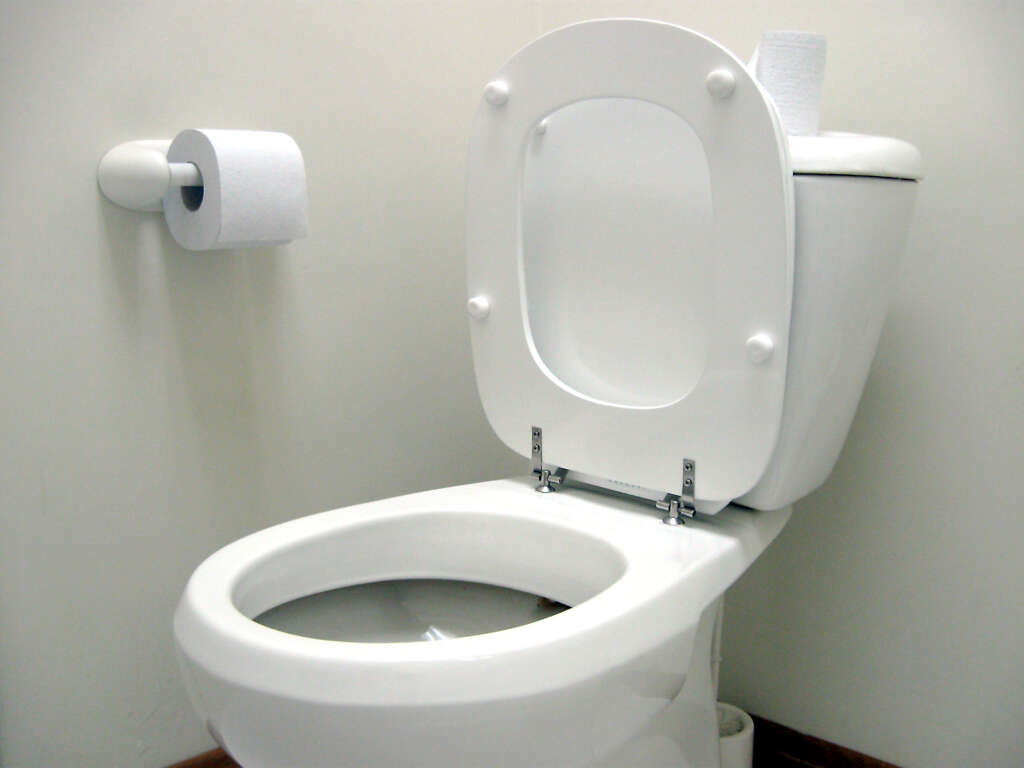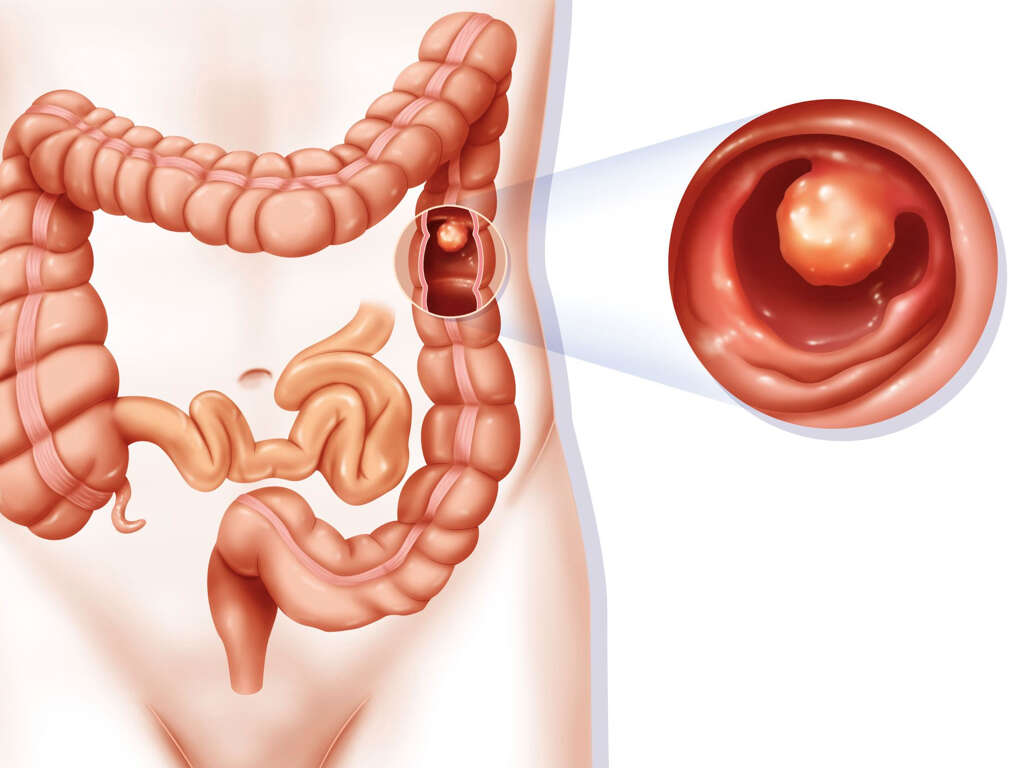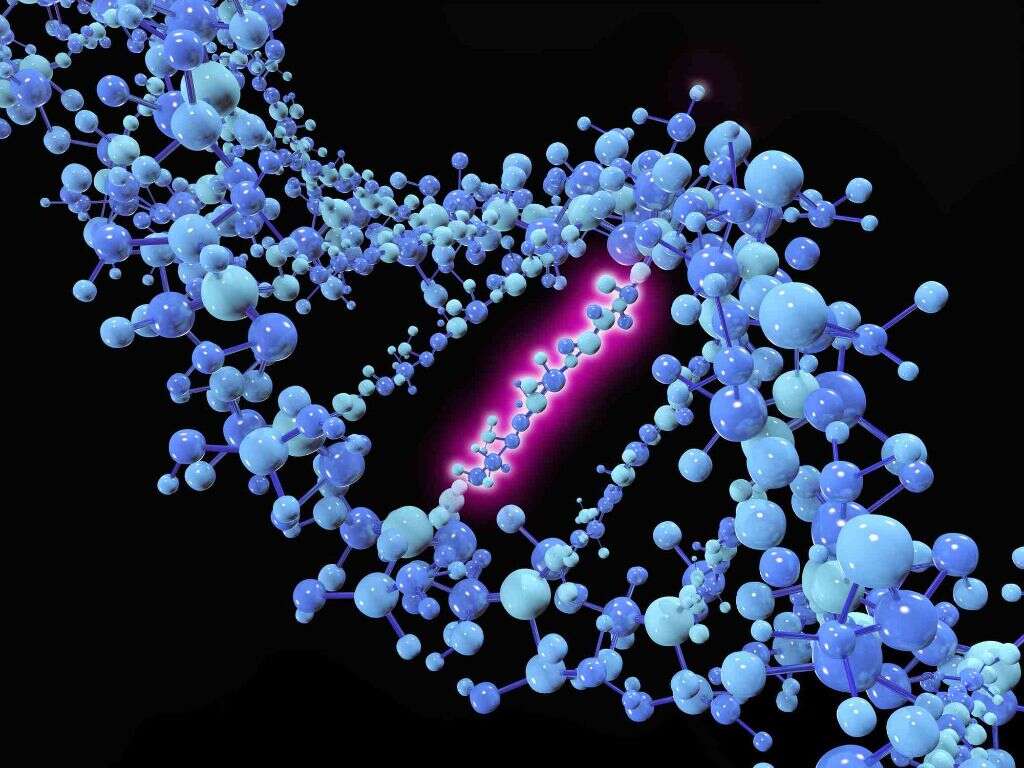What Are Colon Polyps?
When the body is functioning properly, cells grow and divide to keep various systems in check. However, there are times when these cells mutate or divide too quickly. A genetic mutation may spur cells to grow in areas that do not need them.
While every part of the body is susceptible to this type of irregular activity, small masses called polyps may form when it happens in the colon or rectum. What happens to the body when polyps form? These masses may cause issues with the way the body processes waste and, in some cases, they may become malignant.
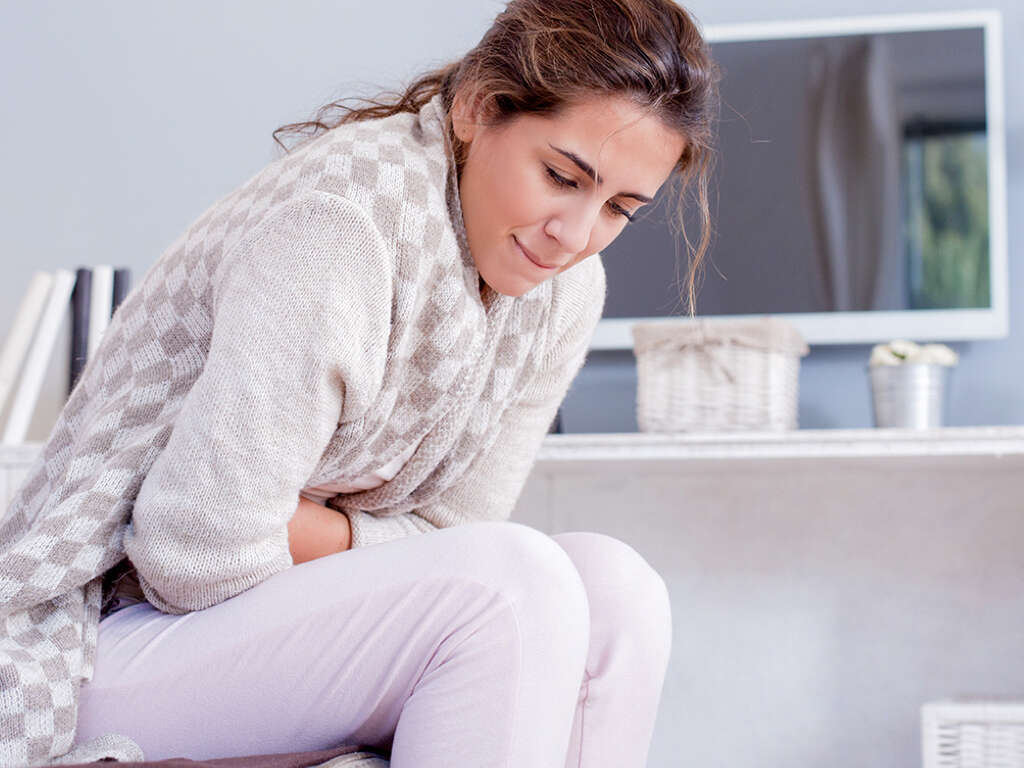
1. Signs and Symptoms of Polyps
Colon polyps develop over time. As cells build up in the rectum or colon, the masses that result become larger. A person with polyps usually does not know they have them because they do not cause definitive symptoms.
However, people with polyps may experience some signs of gastrointestinal distress. If the polyp is large enough, it may cause a blockage in the large intestine, causing cramping. A change in bathroom and bowel habits may alert the doctor to the possibility of polyps. Blood in the stool or toilet after a bowel movement is another symptom that may point to polyps.
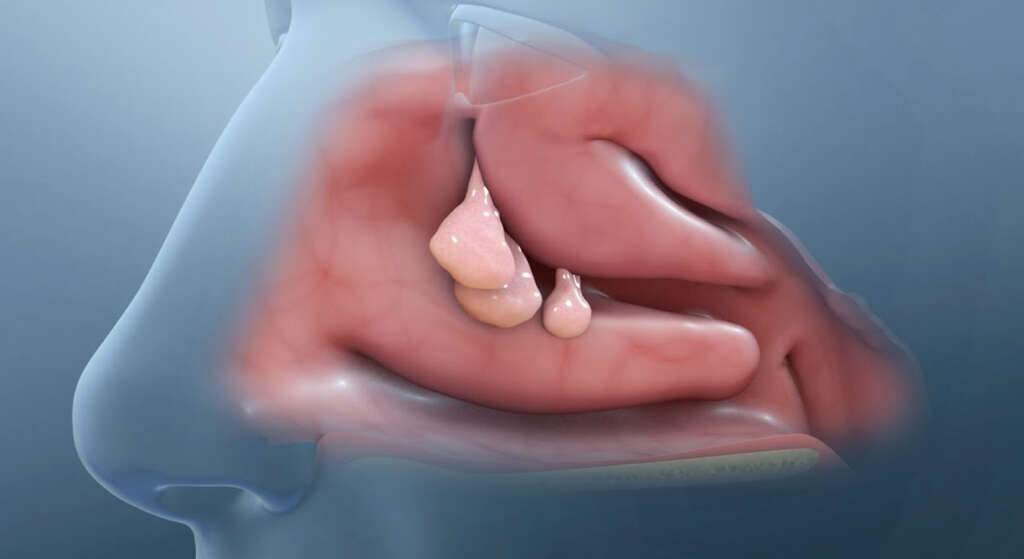
2. Diagnosing Polyps
When a patient presents to the doctor with signs of abdominal distress, a normal course of action is blood work. People with polyps may have an iron deficiency often due to the slow bleed from the mass. Over time, this blood loss results in a lack of iron. Without the requisite amount of iron, the body will not efficiently produce hemoglobin, the substance that helps carry oxygen throughout the body in red blood cells. The doctor may also request a stool sample for examination.
Whether there are symptoms or not, the only way polyps can be discovered is via direct examination of the bowel. This can be done using radiological testing, such as a barium enema or CT of the area. Sigmoidoscopy and colonoscopy are the two most common ways doctors examine the colon. Both use small cameras inserted into the rectum. In a sigmoidoscopy, only the lower part of the large intestine, including the rectum, is examined. A colonoscopy is extensive and involves a complete examination of the colon. A colonoscopy is the most common way polyps are found and removed.
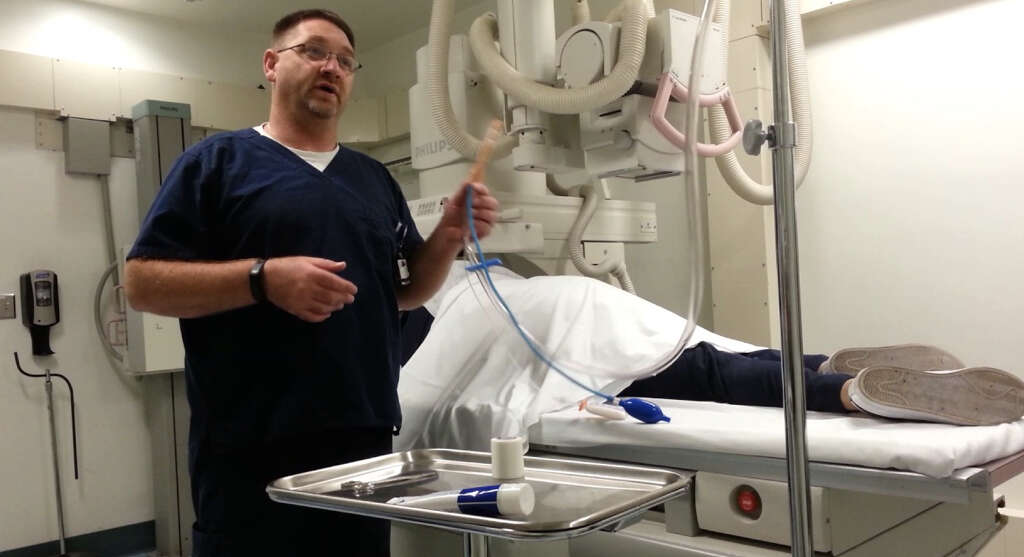
3. Kinds of Polyps
Most polyps do not contain cancerous cells. However, there is the possibility that they may become cancerous if left to continue developing in the colon. To know if a polyp is at risk of becoming cancerous, it needs to be biopsied and identified.
There are two types of polyp classifications.1They found colon polyps: Now what? (2019, September 10). Retrieved from https://www.health.harvard.edu/diseases-and-conditions/they-found-colon-polyps-now-what Non-neoplastic polyps are typically small and non-cancerous. They typically include inflammatory, hamartomatous and hyperplastic polys. Neoplastic polyps are larger and have the potential to become cancerous if not discovered. These include serrated and adenomas polyps.
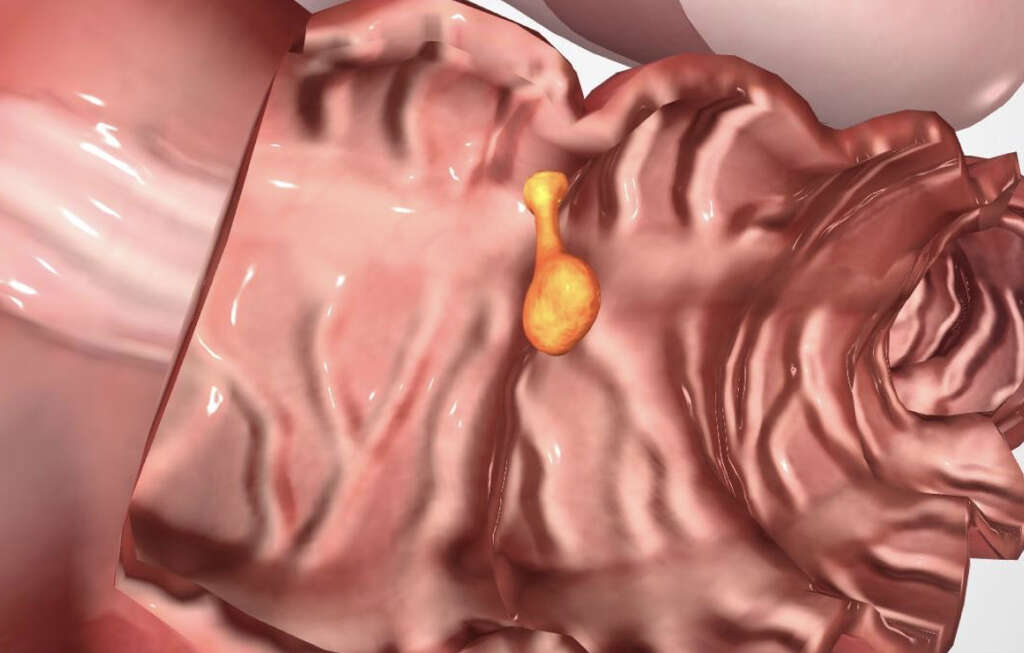
4. Common Risk Factors
While polyps are not always preventable, some risk factors may make a person more susceptible to developing them over their lifetime. Polyps usually strike people over 50 years old. Family history may also indicate a higher risk. A close relative such as a sibling or parent with colorectal cancer or non-cancerous polyps means a higher risk of occurrence.
Someone with Crohn’s disease or ulcerative colitis may have a higher chance of developing polyps in the colon. Smoking, regular alcohol use and obesity also contribute to the development of polyps.

5. Hereditary Disorders
It is not common for people to have a genetic predisposition to colon polyps. However, for those who have been identified as having one, getting checked sooner is imperative to stopping cancer development and spread.
Lynch syndrome is the most common genetic disorder that identifies those more susceptible to colon cancer and tumors in other parts of the body, such as the stomach, ovaries, breasts and urinary tract. In the case of colon polyps, people with Lynch syndrome are more likely to have fewer polyps but more likely that they become cancerous quickly.

6. Preventing Polyps
There is no surefire way to prevent polyps from developing. There are some things that may reduce a person’s risk of having colon polyps and developing cancer. The first is by following the doctor’s recommendations and having regular screenings conducted. The American Medical Association urges everyone 50 and older with no risk factors or symptoms to be screened via colonoscopy every five years.
Lifestyle changes may reduce the risk that polyps form. Limiting alcohol and remaining physically active are two things that appear to help. Getting enough fiber and reducing fat intake. Getting sufficient calcium and vitamin D have been shown to help reduce the recurrence of polyps.

7. Complications Caused by Polyps
Polyps grow from the lining of the colon. If left unchecked and treated, polyps may continue to grow. Eventually, polyps may become so large that they block the passage of waste through the colon. When this happens, the colon may spasm and cramp. Diarrhea and constipation are two side effects of polyps.
When polyps develop in a person who has Crohn’s disease or ulcerative colitis, the chance of developing neoplastic tissue increases. Thus, those with these inflammatory conditions should be diligent in screenings and recommendations for treatment.

8. Colorectal Cancer
The most dangerous complication caused by polyps in the colon is cancer. While it is not a common form of cancer, it can be aggressive. One of the biggest reasons for this is that colon cancer has almost no outward symptoms until it is already well developed.
Neoplastic polyps have the potential to develop into cancer. Knowing the family history and attending recommended screenings is essential to finding colorectal cancer and stopping it before it spreads.
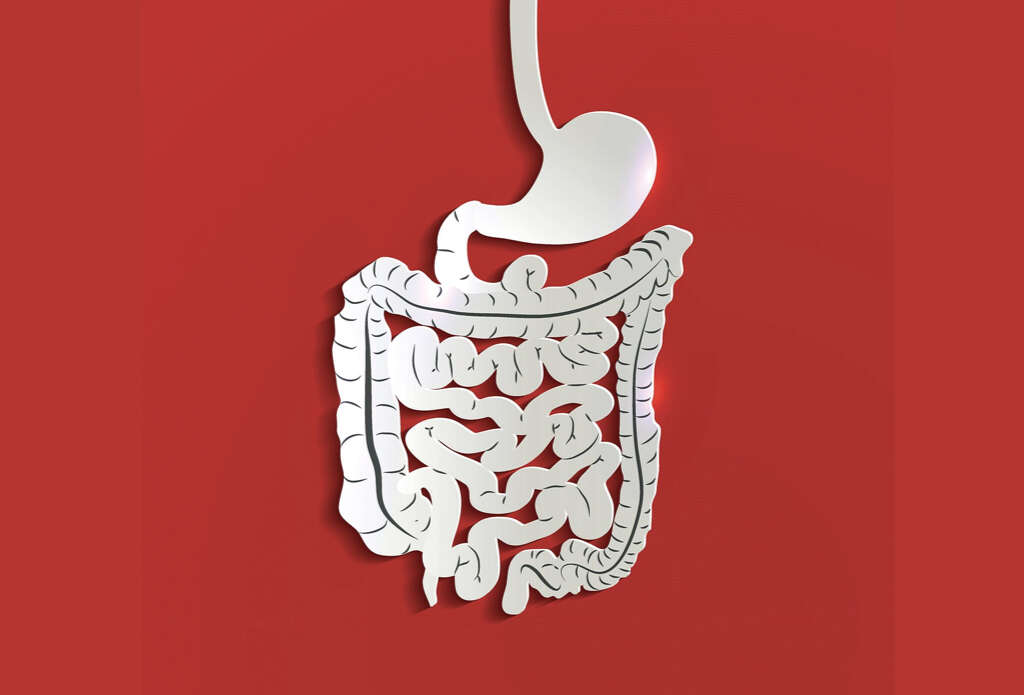
9. Common Treatment
The most common way to treat polyps, non-cancerous and cancerous, is by removing them. During a colonoscopy, a polypectomy is performed to remove polyps. Depending on the mass’s size, the doctor may use a wire loop to cut and remove it. In some cases, the polyp may be left intact and only a sample taken for biopsy.
When the doctor is unsure if colon cancer has spread, a section of the colon adjacent to the malignant polyp may also be taken. Polyps that cannot be taken via a polypectomy may require laparoscopic surgery.
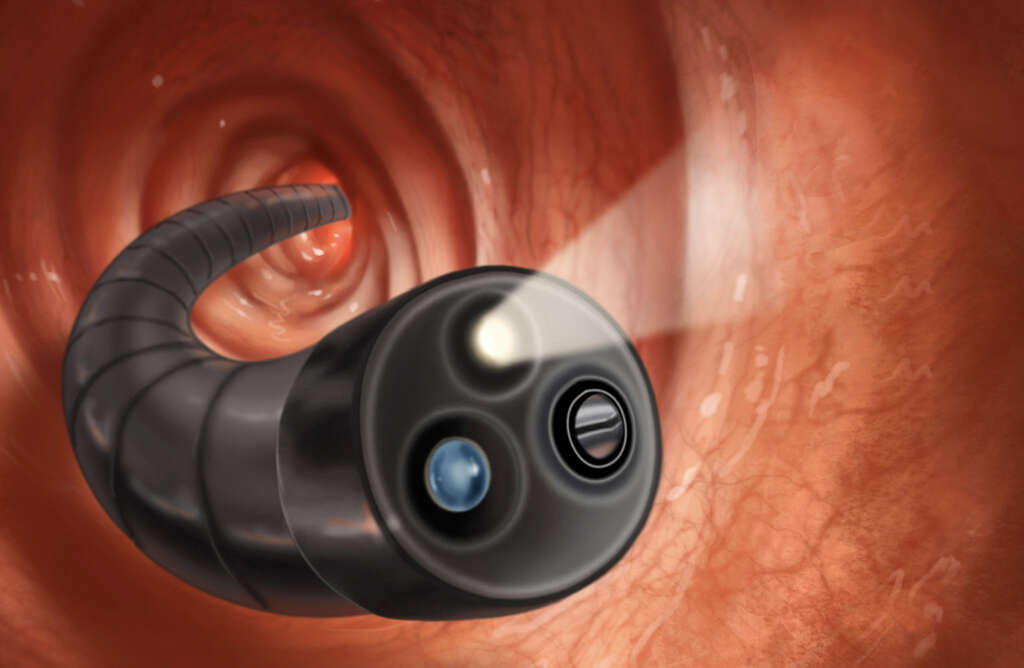
10. Prognosis
Colon polyps removed and deemed non-neoplastic do not typically require any further action. If there are other mitigating circumstances, the doctor may recommend a repeat colonoscopy sooner to ensure no further polyps are developing.
Patients diagnosed with neoplastic polyps require a course of treatment to ensure that the affected tissue is removed. Aside from removal, patients with colorectal cancer often undergo chemotherapy and radiation therapy, as well as frequent colonoscopies.




